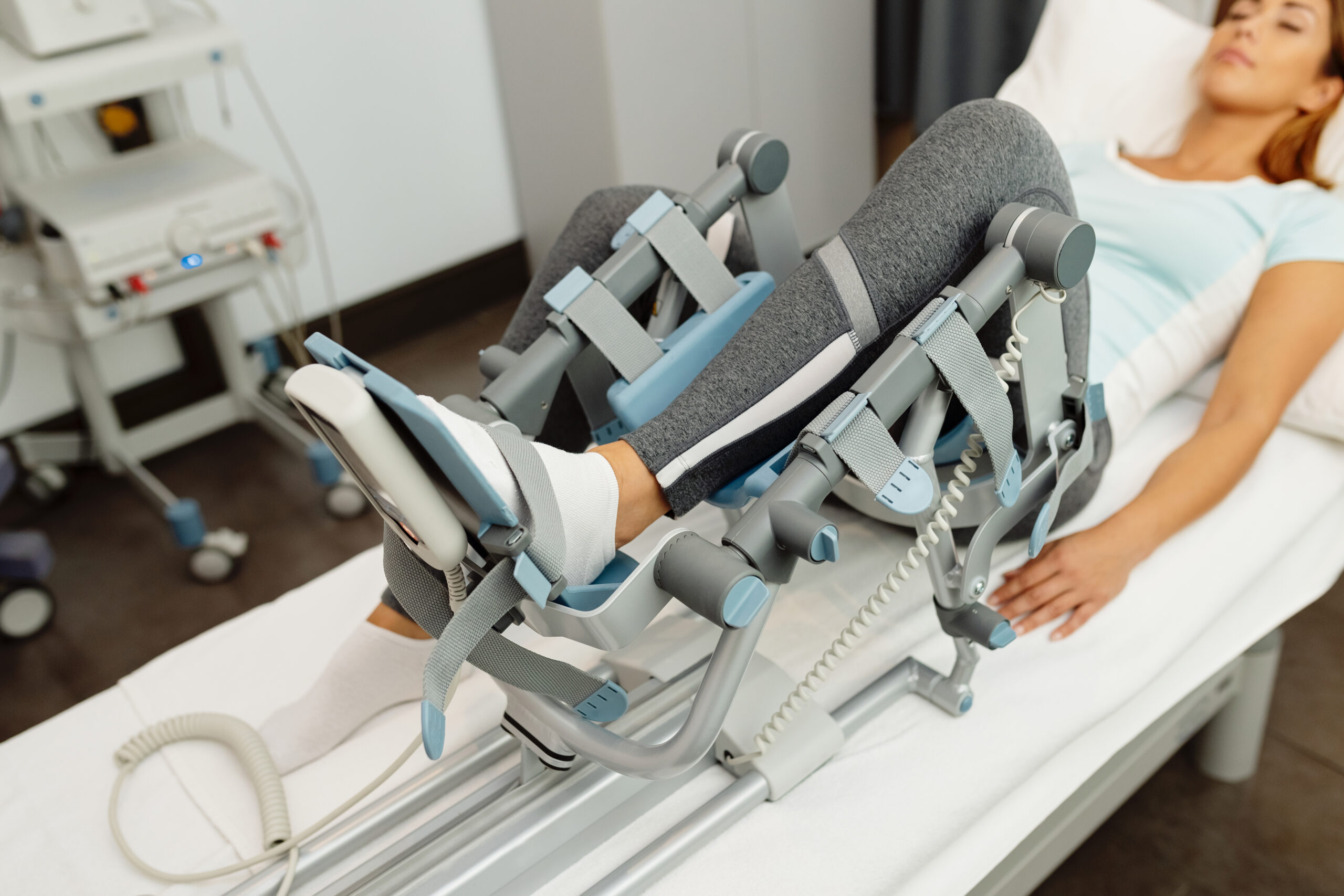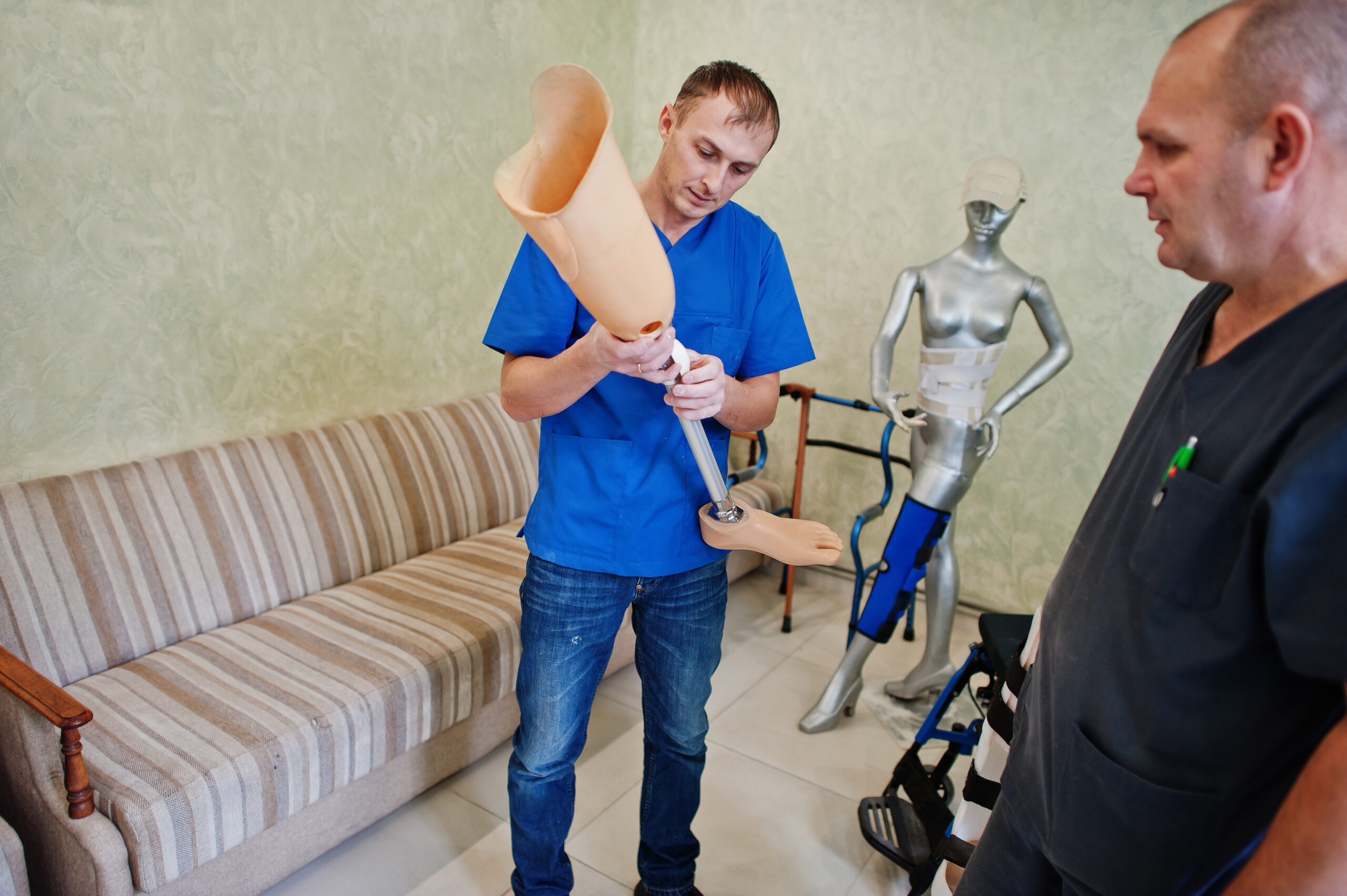
What is the Orthotic and Prosthetic Service?
A prosthetist is a healthcare professional who conducts patient assessments and designs, measures, and fits prosthetics. A prosthesis is defined as an "externally applied device used to entirely, or partially, replace a missing or deficient segment of a limb." In some cases, a prosthetist may be involved in pre-operative care for a patient anticipating an amputation. Often, a patient is referred to a prosthetist after amputation to initiate prosthetic treatment. The provision of prosthetic care often involves ongoing collaboration with surgeons, primary care physicians, physical therapists, occupational therapists, caregivers, and other healthcare team members.
From children to adults, athletes to amputees, and preventive brace wearers to those with post-traumatic injuries, we have an advanced orthotic or prosthetic solution for you. Within our state-of-the-art laboratory, our practitioner designs, customizes, and manufactures personalized orthoses and braces for the neck and spine, upper and lower extremities. This includes braces for sports injuries and acute orthopedic traumas. For those who have lost a limb, we also specialize in custom-fitted prostheses or artificial limbs.

Be strong and healthy
The services for external patient amputation and orthopedic braces include:
- A personalized assessment of the client's needs.
- Prescription recommendations and production of prosthetic limbs and orthopedic braces.
- Consultations with orthopedic specialists at Mone Physio.
- Recommendations for modifying, adjusting, or replacing existing assistive devices, depending on the case.
-
What is an Orthotist?
An orthotist is a healthcare professional who conducts patient assessments and designs, measures, and fits orthoses.
The Management and Intervention
The formulation of a treatment and intervention plan follows a comprehensive assessment to devise an intervention that will alleviate limitations, improve function, and enhance the quality of life. Prosthetic and orthotic intervention includes, but is not limited to:
- 1. Preparatory Care
- 2. Material Selection
- 3. Manufacturing of Orthoses and/or Prostheses
- 4. Prototype Development, including Evaluative Fitting
- 5. Structural Assessment
- 6. Diagnostic Fitting
- 7. Intervention Assessment
- 8. Functional Exercises
